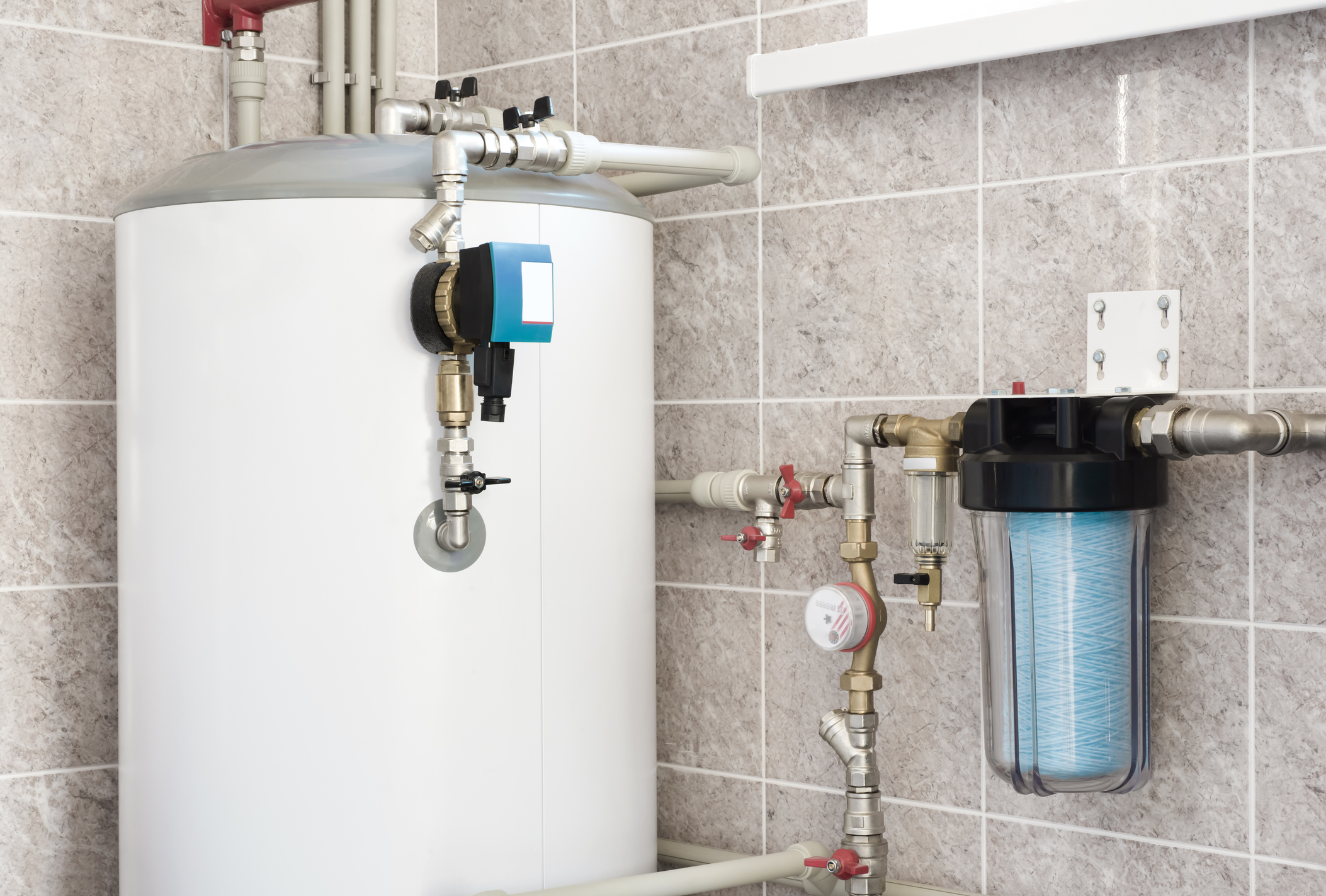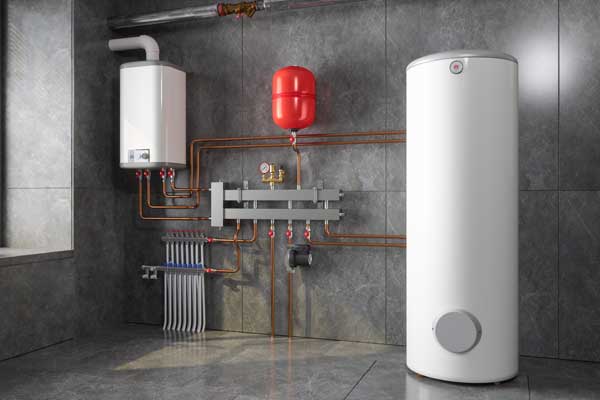Just about everyone has his or her own concepts when it comes to Tips on Maintaining a Water Heater.

Warm water is important for daily convenience, whether it's for a rejuvenating shower or washing dishes. To guarantee your hot water system runs successfully and lasts much longer, routine upkeep is essential. This article offers practical tips and understandings on how to maintain your home's warm water system to avoid interruptions and pricey repair services.
Introduction
Keeping your home's warm water system might appear challenging, but with a few basic actions, you can guarantee it operates efficiently for many years to come. This overview covers whatever from comprehending your warm water system to DIY upkeep suggestions and recognizing when to employ professional aid.
Relevance of Maintaining Your Warm Water System
Regular upkeep not just prolongs the life-span of your hot water system however also ensures it operates effectively. Disregarding maintenance can bring about reduced efficiency, higher energy bills, and also premature failing of the system.
Signs Your Hot Water System Demands Upkeep
Understanding when your warm water system requires interest can avoid major issues. Keep an eye out for indicators such as inconsistent water temperature, odd sounds from the heating unit, or corroded water.
Recognizing Your Hot Water System
Before diving into upkeep jobs, it's handy to understand the standard parts of your warm water system. Usually, this includes the water heater itself, pipelines, anode rods, and temperature controls.
Month-to-month Upkeep Tasks
Normal regular monthly checks can assist capture minor issues before they rise.
Purging the Water Heater
Flushing your hot water heater eliminates sediment build-up, enhancing effectiveness and extending its life.
Checking and Replacing Anode Rods
Anode rods prevent rust inside the storage tank. Evaluating and changing them when worn out is critical.
Inspecting and Readjusting Temperature Level Settings
Adjusting the temperature level settings guarantees optimal efficiency and safety and security.
DIY Tips for Maintenance
You can carry out several upkeep jobs on your own to maintain your warm water system in leading problem.
Checking for Leaks
Frequently check pipes and links for leaks, as these can result in water damage and higher costs.
Evaluating Stress Alleviation Valves
Checking the pressure safety valve guarantees it functions correctly and protects against excessive pressure build-up.
Shielding Pipelines
Insulating warm water pipes decreases heat loss and can save power.
When to Call a Specialist
While do it yourself upkeep is helpful, some concerns call for professional proficiency.
Complex Issues Needing Expert Assistance
Examples consist of major leakages, electrical troubles, or if your hot water heater is consistently underperforming.
Regular Expert Maintenance Benefits
Specialist upkeep can consist of detailed evaluations, tune-ups, and guaranteeing conformity with safety criteria.
Conclusion
Routine upkeep of your home's hot water system is important for performance, durability, and price financial savings. By adhering to these pointers and knowing when to seek specialist help, you can ensure a trustworthy supply of warm water without unexpected disruptions.
How to Maintain an Instant Hot Water Heater
Before tinkering with your hot water heater, make sure that it’s not powered on. You also have to turn off the main circuit breaker and shut off the main gas line to prevent accidents. Also turn off the water valves connected to your unit to prevent water from flowing into and out of the appliance. 2. When you’re done, you have to detach the purge valves’ caps. These look like the letter “T†and are situated on either side of the water valves. Doing so will release any pressure that has accumulated inside the valves while at the same time avoid hot water from shooting out and burning your skin. 3. When the purge valves’ caps are removed, you have to connect your hosing lines to the valves. Your unit should have come with three hoses but if it didn’t, you can purchase these things from any hardware or home repair shops. You can also get them from retail stores that sell water heating systems. Read the user’s manual and follow it to complete this task properly. When the hosing lines are connected, open the purge port’s valves. 4. You should never use harsh chemical cleaners or solutions when cleaning your unit. Make use of white vinegar instead. It should be undiluted and you’ll probably use about 2 gallons. 5. Now flush your water heater. This task should probably take about 40 minutes. We can’t give you specific directions for this because the procedure is carried out depending on the type, model and brand of your heater. With that being said, refer to the user’s manual. 6. When you’re done draining the unit, you have to turn off the purge port valves again. Remove the hosing lines that you earlier installed on each of the water valves. Put the valve caps (purge port) back in their respective places and be very careful so as not to damage the rubber discs that are found inside these caps. 7. Now that everything’s back in place, check your user’s manual again to find out how to reactivate your water heating system. 8. Once it is working, turn one of your hot water faucets on just to let air pass through the heater’s water supply pipes. Leave the tap on until water flows smoothly out of it. https://www.orrplumbing.com/blog/2014/september/how-to-maintain-an-instant-hot-water-heater/

I am just very fascinated by How to Maintain Your Water Heater & Prolong its Life and I'm hoping you enjoyed my entry. Please set aside a second to promote this blog post if you appreciated it. Thanks a bunch for your time. Return soon.
Check It Out